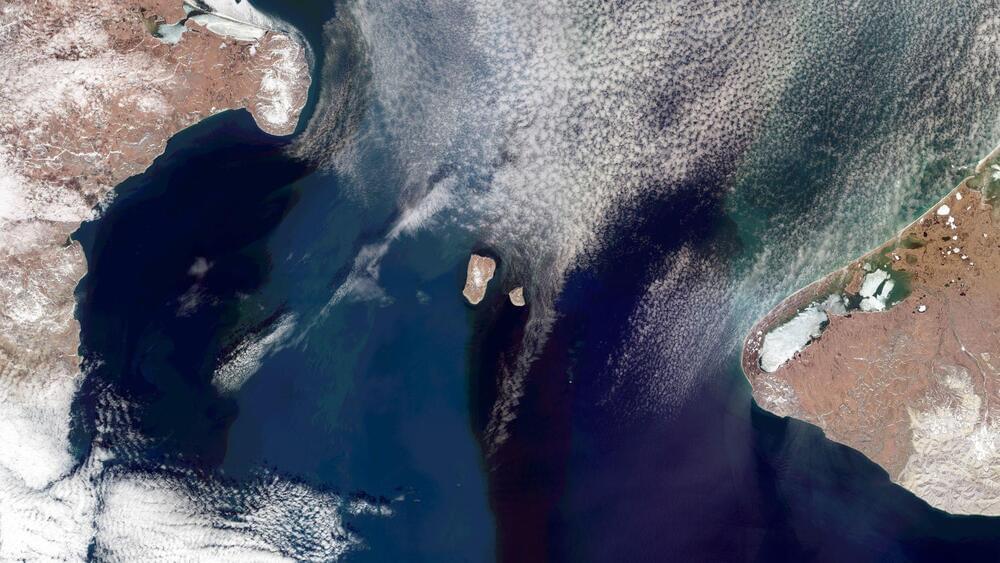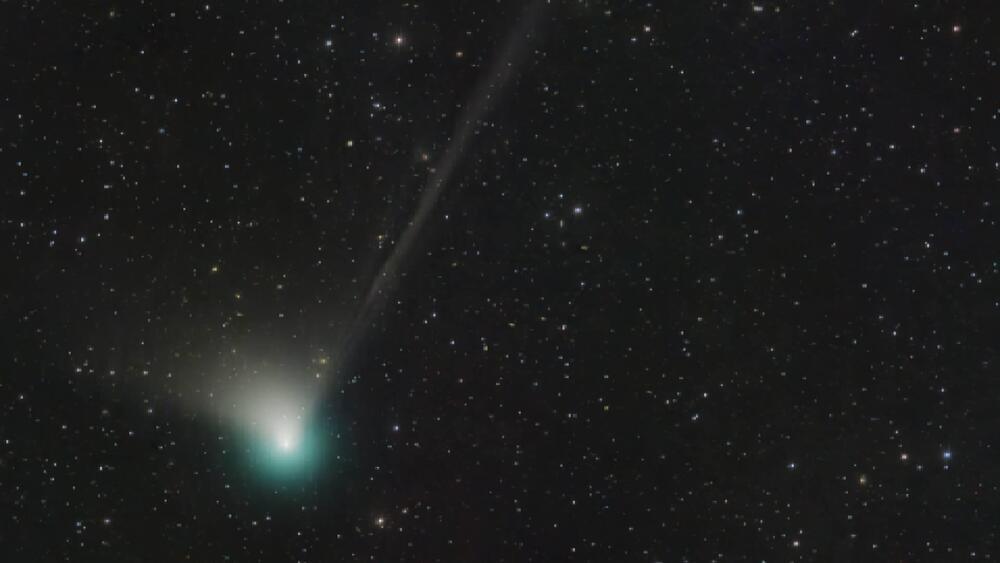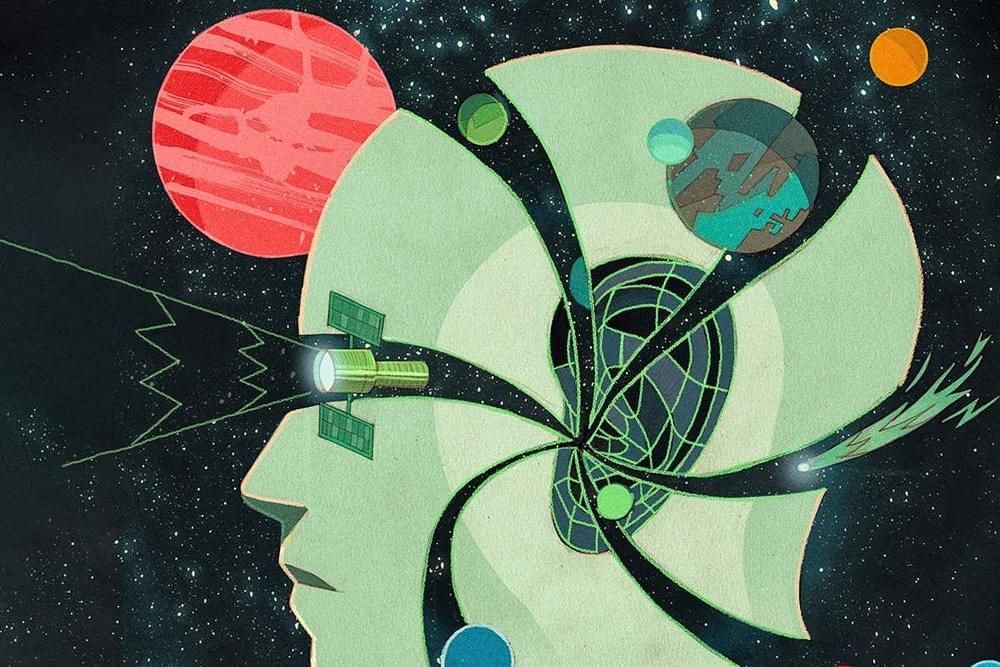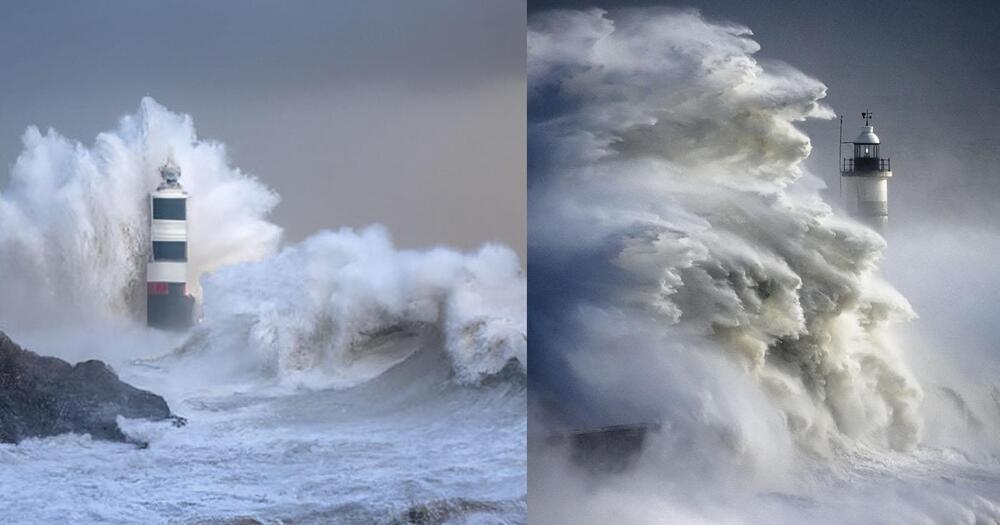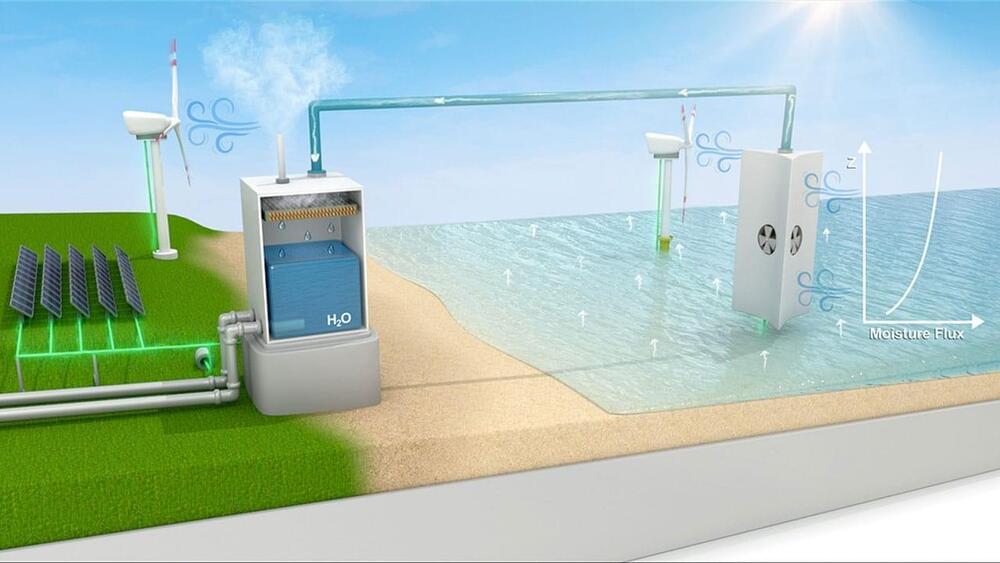Jan 4, 2023
People may have crossed the Beringia much earlier than thought, new study claims
Posted by Gemechu Taye in category: climatology
Bridge did not appear until roughly 35,700 years ago, fewer than 10,000 years before the last ice age peaked.
It is thought humans arrived in the Americas for the first time through the Bering Land Bridge. Now, researchers at the University of California Santa Cruz claim that Bering Land Bridge formed surprisingly late during the last ice age.
“Last Glacial Maximum grew after 46,000 years ago”
